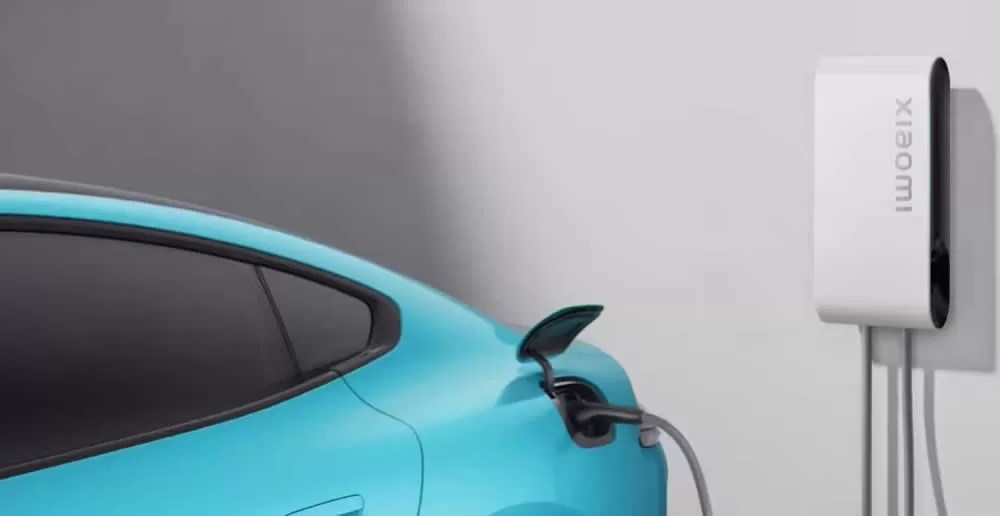
The latest YU7 model released by Xiaomi Motors has launched a "0m" and "30m" dual package selection plan for home charging pile installation. The core difference lies in the calculation method of cable usage, and the cable laying distance is the key. "0m installation" is suitable for users whose actual cable laying distance is less than 22 meters, and is charged according to actual usage; "30m installation" is more suitable for long-distance wiring needs. The package includes 30 meters of standard cable, which can effectively reduce the cost per meter. It is worth noting that the installation distance needs to be calculated according to the actual cable routing (non-straight-line distance). It is recommended that users confirm the location of the meter with the property before construction.
As a highlight of the smart cockpit, the YU7 chassis atmosphere light provides 8 theme colors such as "Crystal White Snow" and "Psychedelic Purple Mist", with 8 colors and 2 modes of technological aesthetics, and supports two modes of constant light/breathing. Among them, the breathing mode can adjust the fast and slow rhythm, and the constant light mode supports stepless dimming. This function also realizes multiple intelligent linkages:
Automatically lights up when parking (triggered by P gear, turns off after 3 minutes);
Starts green running light effect when charging;
Works synchronously with the delayed lighting of the exterior lights when leaving the car;
In order to cooperate with the "Notice on Promoting the Scientific Planning and Construction of High-power Charging Facilities" issued by four departments of the Chinese state, Xiaomi Motors requires that the self-built charging network of automakers must be open without discrimination from 2025. The policy requires that the charging piles with a utilization rate of more than 40% in highway service areas be transformed, and the goal of more than 250kW high-power charging piles nationwide will exceed 100,000 by 2027. Shaanxi Province and other regions have taken the lead in incorporating the construction of charging facilities into national land space planning, requiring new stations to be compatible with all brands of vehicles.